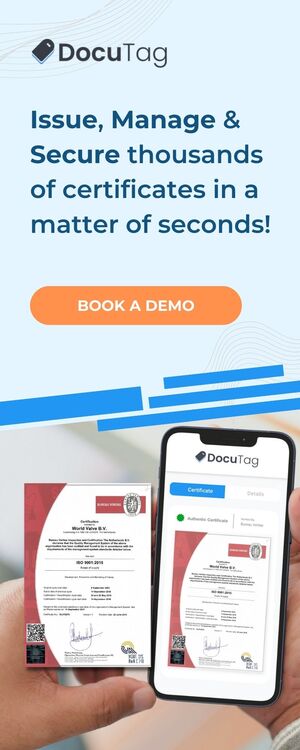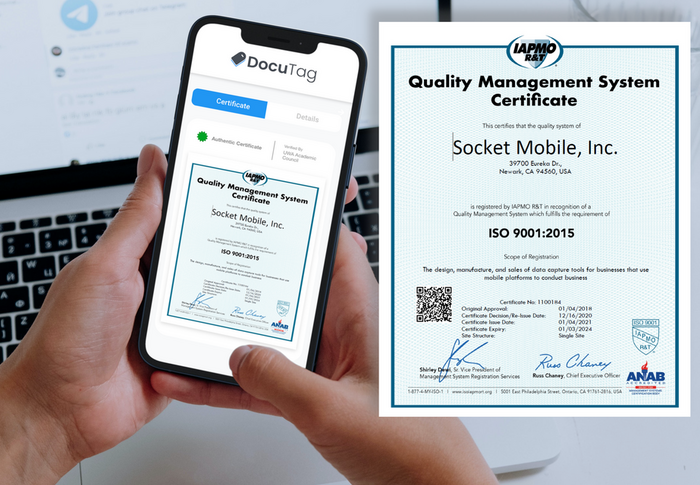Rare Collectibles In The Digital Age
Blockchain and Collectibles
Rare items have been collected for ages. Items like baseball cards, work of arts, old coins, and many more. People always struggled with the authenticity of these items if there were originals, copies, or fakes. What if there is a way to verify if these collectibles are fake or not?
 Photo by Pranav Kumar Jain on Unsplash
Photo by Pranav Kumar Jain on Unsplash
Blockchain technology was the talk of the town for a few years now. Its business applications have proven to be effective, and it’s getting more adoption by many organizations; private and public. This adoption opens many doors in terms of how effective blockchain can be when it comes to securing assets. But first, let’s explain what blockchain is.
Blockchain: The immutable ledger
Blockchain is a distributed ledger that tracks all transactions and registers them on digital blocks. Each block contains a unique code called a hash, which is formed based on the previous block’s hash, and any new information entered into the new block. For so long, blockchain was linked to financial transactions. Blockchain technology is also transforming health, food, fashion, education, and many other industries around the world.
Using blockchain to digitize or to create digital certificates of authenticity of coins or rare items can be very useful. The immutable nature of blockchain makes it unique and resistant to attacks or hackers. There are many blockchain solutions providers who introduced ways to authenticate items on the blockchain for different industries, like fashion, FCMG, pharmaceutical, luxury, and many more.
But what is crypto-collectables?
By simple words, a crypto-collectible is a non-interchangeable digital certificate of information which is cryptographically unique. Normal cryptocurrencies and all of the tokens in circulation are the same. Yet, crypto-collectibles are not the same, because every crypto-collectible is unique and cannot be created again. This technology has the potential to change the entire collectible industry. Due to the fact that there is now a method to verify authenticity by blockchain.
The scarcity of these rare collectible items makes it valuable. People always struggled with online scarcity since things like the music of photos can be easily reproduced. Blockchain changed that since all digital assets are unique, non-copiable, and one-of-kind.
Just consider the potential of this concept. In due time, we could have all collectibles digitized on the blockchain to verify if it’s fake or not. Every asset will have a digital information or certificate associate it with it on the blockchain.

How can LuxTag Solution prevent fake collectibles?
Some of the features that LuxTag will provide for tagged collectibles will include the history of the item (provenance). Other features in the LuxTag solution can be ownership transfer, where owners can transfer the digital certificate of ownership for their items to new owners.
Finding out frauds or fakes from original ones requires extensive knowledge, experience, and research. Some of the methods used to authenticate coins can be by a visual inspection, which can immediately show up any flagrant fake. Any two-headed coin, for example, will not be an error, but a fake. To be verified, a genuine coin must be held in one hand and tap it with another of the same denomination. The two-headed fake will have a dull thudding sound, as a result of the glue bonding the halves of the fake together.
The LuxTag solution enables businesses & their customers to deter counterfeit, prove ownership & provide track & trace of products for the digital age, enabling assurances to supersede assumptions. LuxTag is one of the few blockchain enabled-solutions who can actually digitize and secure collectible on the blockchain.
®“LuxTag”, Trademark registered.



